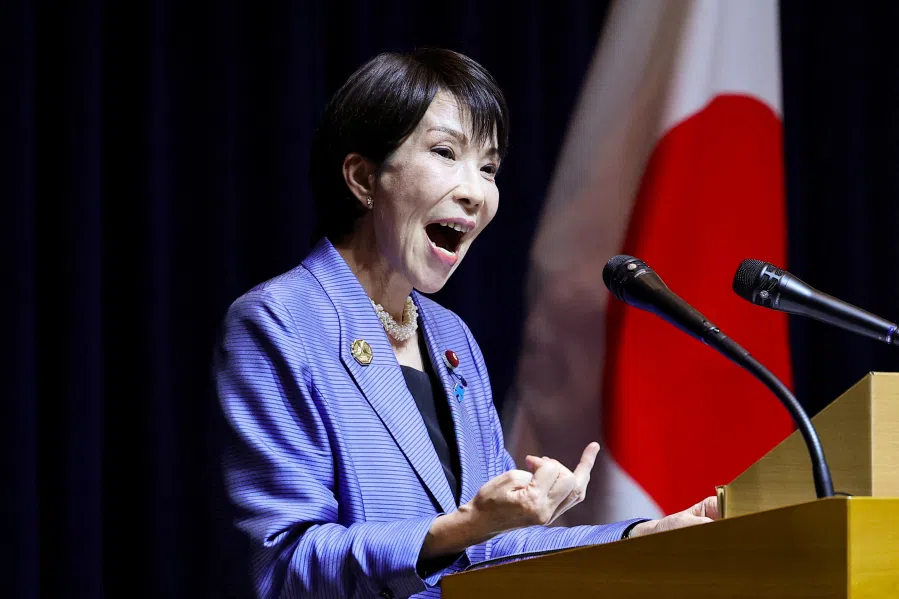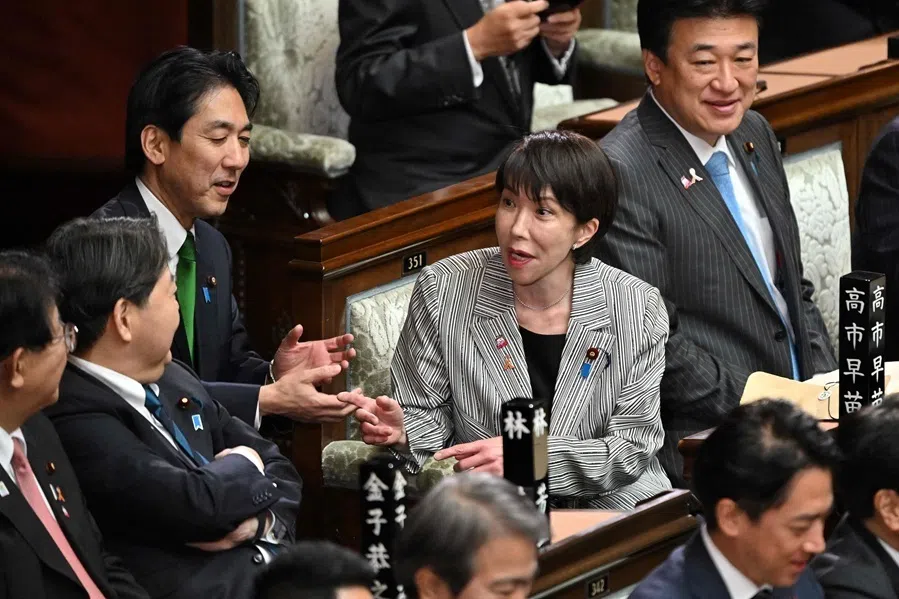Chain reaction of corruption is hurting Afghanistan's mining industry
Researcher Javed Noorani gives his assessment on the recent awarding of a contract in the Nuraba-Samti mine to an Afghan-Chinese joint venture, and comments on the wider cycle of corruption in Afghanistan's mining sector which may end up hurting the Afghan administration and dozens of small-scale Chinese developers.
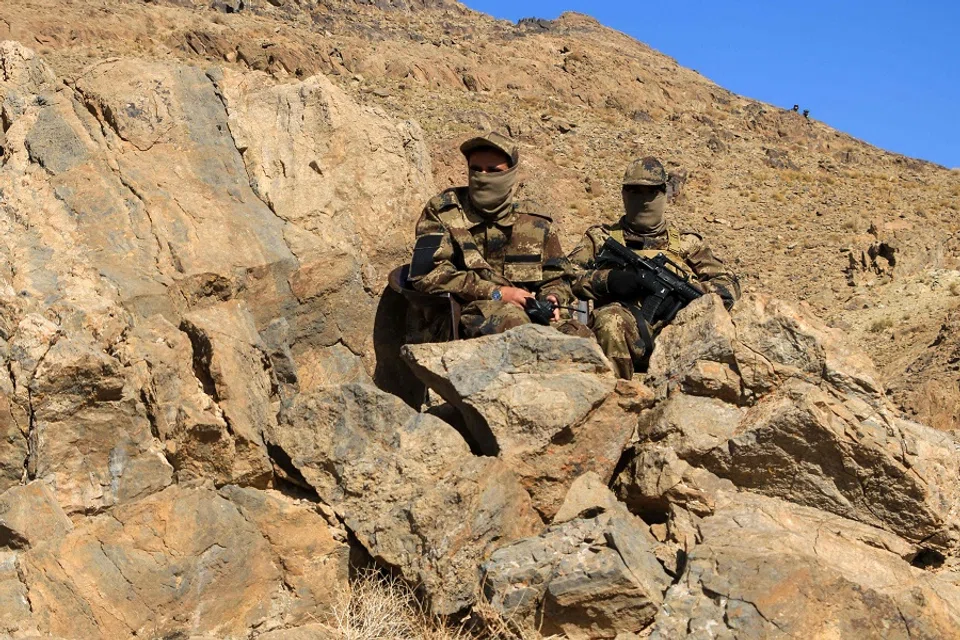
Afghanistan's geographical topography, largely defined by the Hindu Kushi mountain range and its fault zones, promises the potential of rich mineral deposits.
In 2006, US researchers conducted an aerial survey of Afghanistan and claimed that the country could possess mineral deposits worth US$1 trillion. This aerial survey and political assessment of Afghan mineral wealth was geared towards attracting foreign investors, especially from Afghanistan's neighbouring countries, to invest in the Afghan mining industry, thereby alleviating the Kabul regime's economic difficulties and reducing its financial dependence on the US.
Relying on US aerial survey and some Soviet-era data, Kabul tried to utilise unconfirmed mineral deposits to attract foreign direct investment. However, apart from illicit mining, often conducted by corrupt Kabul officials and their financial patrons, as well as some investment contracts such as the Mes Aynak copper mining project, there was no substantial foreign investment flowing into Afghanistan's mining industry.
The returning Taliban likewise expected potential mineral resources to save its struggling economy. However, except for several small-scale mining projects and agreements on paper, no large foreign investment or industrial development of mineral mines has panned out.
... deep-rooted systematic corruption in various forms under the former Kabul regime and the current Taliban government is the major obstacle to investment and development of mineral mines in Afghanistan.
Corruption a deep-rooted problem
Among many reasons, ranging from international sanctions to domestic security, deep-rooted systematic corruption in various forms under the former Kabul regime and the current Taliban government is the major obstacle to investment and development of mineral mines in Afghanistan.
Continuous corruption has actually undermined the regimes in Afghanistan. The fall of the former Kabul regime was largely due to corruption that had hollowed out the state. Despite the claim by the Taliban government's acting minister of petroleum and mines that there has been complete transparency in the mining contracts, scrutiny of Taliban's mining policies and practices reveals the deepening of corruption surrounding mineral mines.
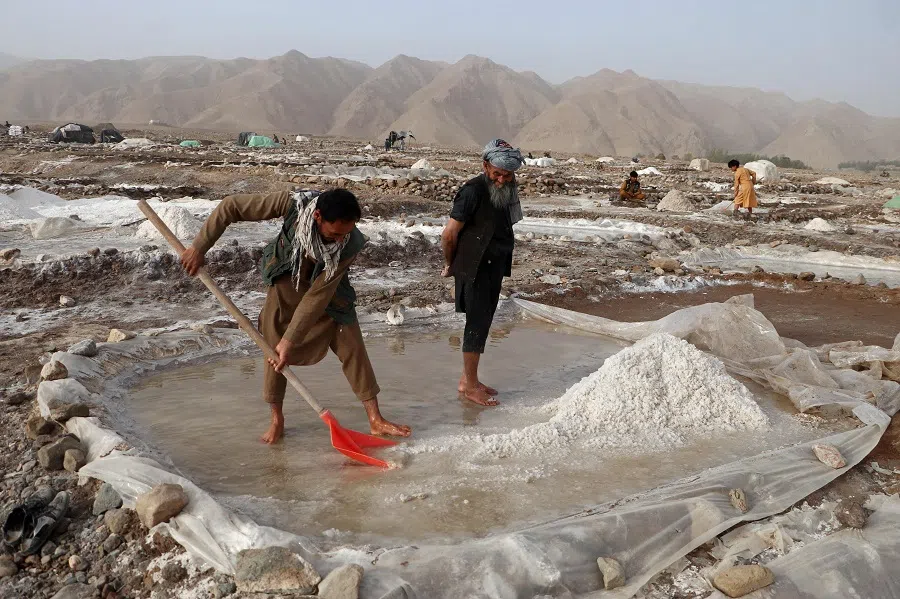
A closer look at one of the Afghan mines, the Nuraba-Samti placer gold mine in Takhar province, presents a nuanced and complicated portrayal of legal decay in the Taliban's mining industry.
Nuraba-Samti placer mine has received much attention because of a 1977 geologic and mineral survey by Afghans and Russians claiming the presence of about 31 tonnes of gold deposit. Since 1977, this survey has neither been updated nor verified. The recent USGS has made no attempt to modify original geologic map-unit boundaries and faults. Hard rocky and deep riverbeds where the gold deposit is buried make testing, not to mention development, difficult and expensive.
A history of corruption at the Samti-Nuraba mine
The Nuraba-Samti mine was first signed with West Land General Trading (WLGT) in 2008 and was owned by Uzbek trader Haji Abdul Kabir. By 2013, the contract was re-engineered to make it more favourable to the West Land General Trading Company by the Acting Minister of Mines Wahidullah Shahrani (also an ethnic Uzbek who was later sentenced by Afghanistan's Supreme Court to 13 months in prison and was fined US$1.5 million for engaging in corruption in the mining industry).
After almost a decade, WLGT had developed the easy and shallow Nuraba mine but was unable to invest and develop the Samti mine due to financial risk in this deep, rocky, riverbank mine. Moreover, the WLGT lacked mining expertise as well as necessary equipment and management.
As a result, WLGT selectively developed and destroyed Nuraba mine (making it unsuitable for future investment) and did not benefit from the Samti mine. According to insider information, WLGT still owed around US$500,000 in revenue to the Kabul government before the collapse of the Kabul regime.
In 2023, the returning Taliban regime awarded this mine to a China-Afghan joint venture. The details and terms of the contract remain secretive except that the contractors promised 56% of profit to the government, and that the company would start developing within three months after signing the contract and would invest US$310 million in three years.
However, from limited open-source information and insider knowledge, the Afghan partner in the joint venture is Haji Bashir, the most notorious and convicted drug smuggler in Afghanistan who funded the Taliban during the first regime and spent over 15 years in American custody.
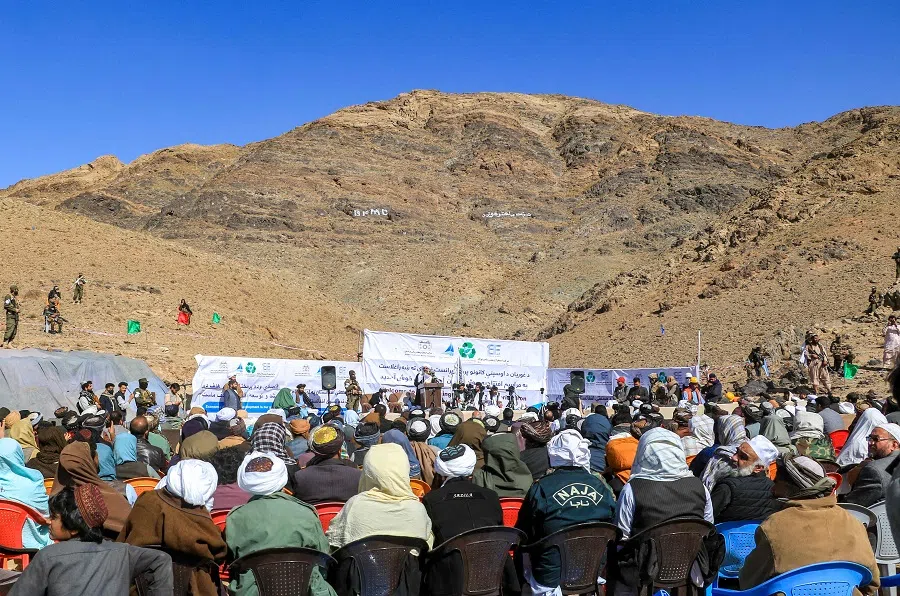
The non-transparent bidding process over this mine already suggests some intricacy behind this deal. Interviews with experts in Kabul reveal that another company scored 84 points after the evaluation of proposals, while this Chinese-Afghan joint venture received only 76 points.
Like Haji Kabir's trading company, even though Haji Bashir remains one the closest people to the Amir of the regime in Kabul, his company specialises in trade (including drugs) and not mining. To give the mining contract to a newly established trading company of Amir's confidant with lower evaluation points is a reminder of the infamous corruption underlining Afghanistan's mining industry under the Taliban rule, albeit in a nuanced way.
The claim that this new trading company will invest US$310 million in three years and start the project in three months is simply unprofessional and unrealistic.
A professional analysis
For any professional mining company, half-century-old aerial survey data likely does not warrant investing and developing deep-buried riverbank mines like Samti due to political, financial, and even technical difficulties and risks. The only data that could serve as a reliable reference for investment is a testing exploration.
For the Samti, it requires at least one year of costly and risky test drilling in the rock-and-stone-embedded riverbank before any substantial investment and development can be decided on. Even if the required testing verifies the supposed data, planning, preparation, and purchase of specialised equipment and vehicles to ship to Afghanistan alone needs several months, not to mention recruiting and training workers, drivers and managers.
In addition, large-scale mining projects generally require many years due to a multitude of variables such as costly and extensive geological tests, construction of critical facilities (roads, dorms, warehouses), and establishment of operational standards.
Even if all these conditions are met, the development of Samti by a professional mining company will take more than ten years to accomplish, depending on the number of operation lines, specialised equipment, technicians and workers, water control, professional management, and efficiency of governmental coordination and cooperation.
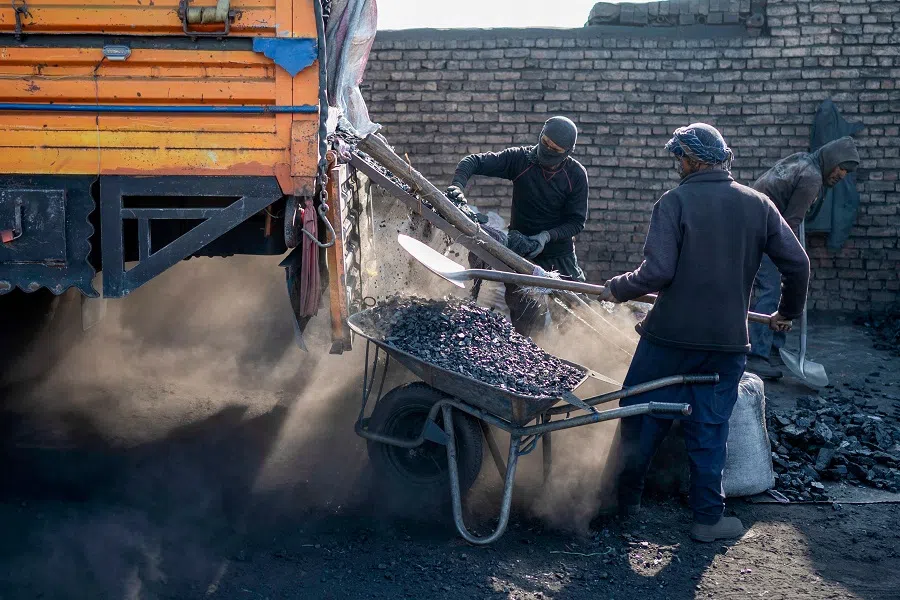
The claim that this new trading company will invest US$310 million in three years and start the project in three months is simply unprofessional and unrealistic. The so-called 56% of the profit to the government invites serious questioning of the method of cost calculation.
Without an open and transparent calculation of cost commonly practised in the mining industry, the Taliban government can't expect to "profit" from this mine (remember that the previous contractor still owes US$500,000 in revenue to the Kabul government).
...there have been no private professional Chinese mining companies involved in large mineral mines in Afghanistan...
In the Afghan context, it is common to shift profit under service fees with their partner subsidiaries, inflating the cost that could consume the entire revenue. It is also common in mining practices in Afghanistan to conceal the real production and smuggle the goods to other countries. It is well known that gold smuggling has been a normal practice in Afghanistan. This is especially a challenge for the Taliban administration given Bashir's smuggling network and his political connections.
Chain reaction of corruption
It is interesting to observe that the Haji Bashir family-backed joint venture bears "China" in its title. Although there were some small-scale illegal private Chinese miners who either fled from Africa or were former traders in Afghanistan, there have been no private professional Chinese mining companies involved in large mineral mines in Afghanistan (even the Mes-Aynak held by China's state enterprises has not been developed). This is largely due to international sanctions, Chinese domestic politics, mining practices of overseas private Chinese traders, and Afghan ground realities, making it extremely difficult and politically sensitive to invest in Afghanistan.
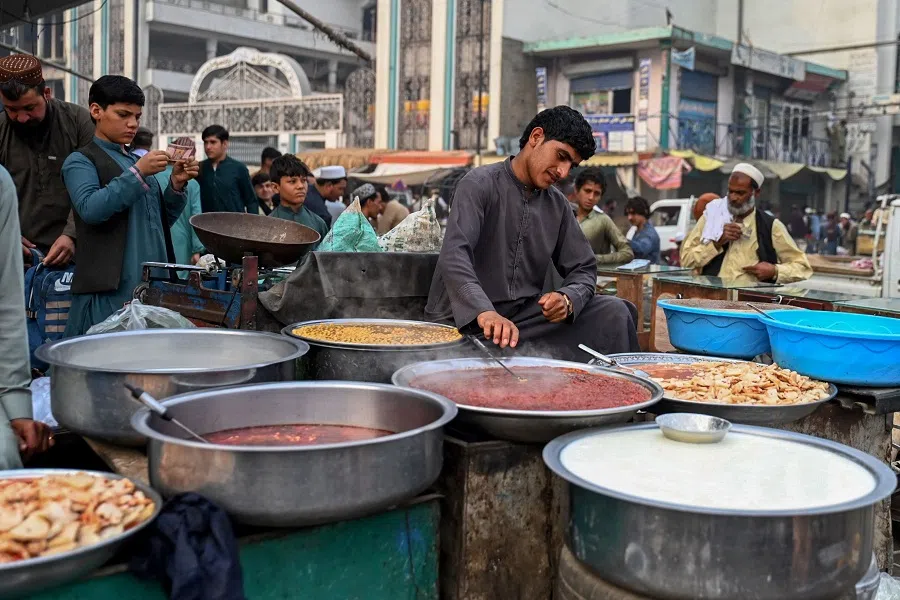
Why is a Chinese partner suddenly working with Haji Bashir? The most probable explanation is that this joint venture is essentially a trading company owned by Haji Bashir: the Haji Bashir family secured the contract through his political ties with the Amir and sold some shares to the Chinese partner who is responsible for amassing investments from small-scale developers from China, which is a typical Chinese private mining practice in Africa, Russia and other parts of the world.
The Afghan administration and dozens of small-scale Chinese developers will suffer.
In other words, this is a chain reaction of corruption: the Taliban awarded the contract to their close aide Haji Bashir, Haji Bashir cashed out some share to the Chinese partners of the so-called China-Afghan joint venture, and the Chinese partner is expected to milk small-scale developers, thus forming a mineral rentier practice.
Now it is evident how Afghan corruption has been combined with private Chinese mining practices. Regardless of success or failure, Haji Bashir and his circle and the Chinese partner(s) will get easy cash by trading the mining contract. The Afghan administration and dozens of small-scale Chinese developers will suffer.
It's impossible to group many small-scale investors or miners to develop the Samti mine buried deeply by sand, rocks, and stones on riverbanks. Such rentier practice is doomed to fail and will eventually damage the Samti mine and the Afghan mining industry.




